Seasonal Wildlife Photography presents unique opportunities and challenges for photographers. From the vibrant hues of autumn to the stark beauty of winter, adapting your approach to seasonal shifts allows you to capture stunning and dynamic images. This guide explores how to make the most of each season in wildlife photography.
Spring: New Beginnings and Vibrant Colors
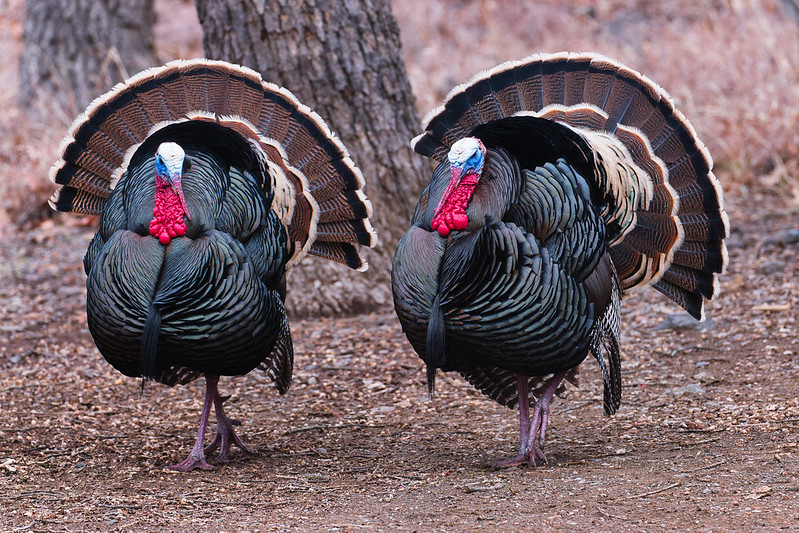
- Subjects to Photograph: Baby animals, blooming flowers, and the return of migratory birds.
- Best Lighting: Soft morning light enhances dew-kissed landscapes and gentle hues.
- Techniques: Use a telephoto lens (300mm or more) to capture newborn animals from a respectful distance. A macro lens is ideal for highlighting fresh blossoms and emerging insects.
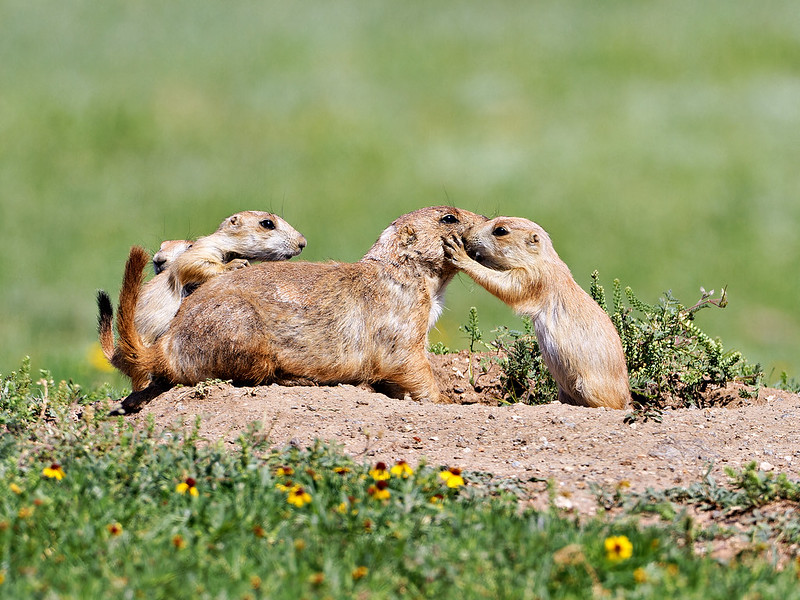
Summer: Energy and Abundance
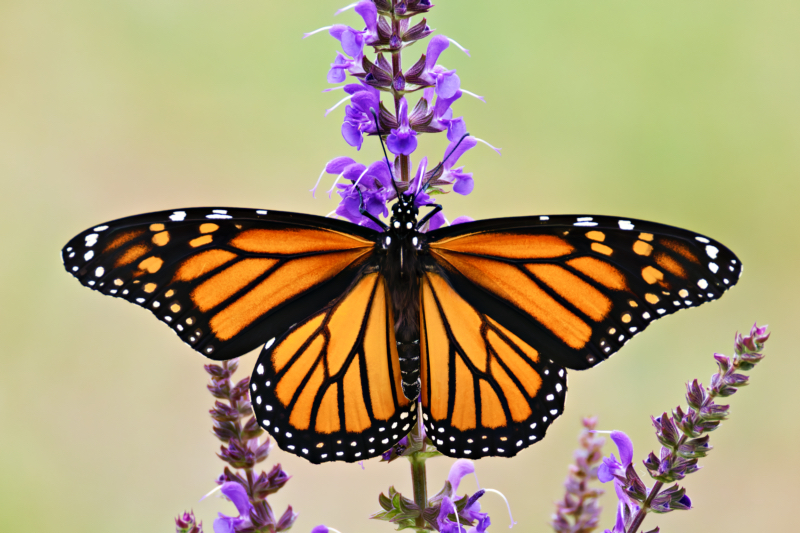
- Subjects to Photograph: Active wildlife, insects, and lush greenery.
- Best Lighting: Golden hour provides warm, soft light and reduces harsh midday shadows.
- Techniques: Capture movement with faster shutter speeds to freeze the action of birds, mammals, and insects in motion.

Autumn: Rich Colors and Migration
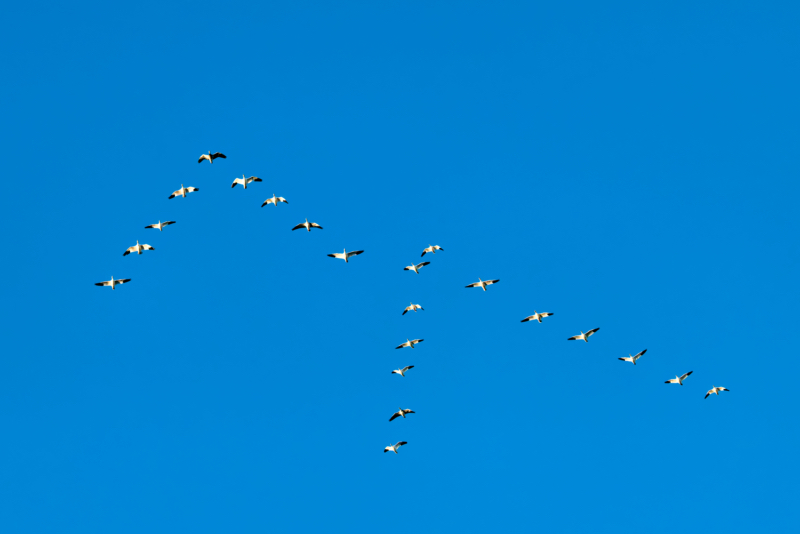
- Subjects to Photograph: Fall foliage, rutting deer, and migrating birds.
- Best Lighting: Late afternoon enhances the depth and warmth of autumn tones.
- Techniques: Frame subjects with colorful leaves in the foreground to add depth. Experiment with backlighting to highlight the golden hues of changing foliage.

Winter: Stark Beauty and Survival Stories
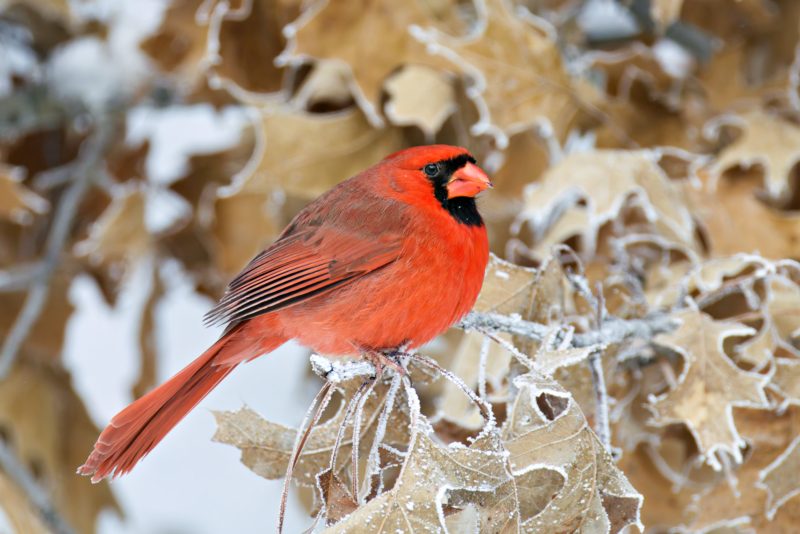
- Subjects to Photograph: Snow-covered wildlife, frost-laden trees, and animals adapting to winter conditions.
- Best Lighting: Overcast days provide even exposure; sunrise and sunset create a warm winter glow.
- Techniques: Use exposure compensation (+1 or more) to prevent snow from appearing dull or gray. A fast shutter speed captures falling snowflakes, while a lower ISO helps maintain image clarity in bright snowy conditions.

Adjusting Camera Settings for Each Season
- White Balance: Adjust to match seasonal color temperatures and maintain accurate hues.
- Shutter Speed: Increase for summer wildlife action; slow down for winter’s serene landscapes.
- ISO Settings: Keep ISO low in bright winter snow and adjust accordingly for lower-light conditions in autumn and spring.
- RAW Format: Shooting in RAW preserves the natural color transitions and lighting variations of each season.
Telling a Story Through Seasonal Photography
- Capture a series of images showcasing a species’ behavior throughout the year.
- Document seasonal transitions, such as birds shedding their winter plumage in spring.
- Highlight how wildlife adapts to environmental changes, from summer’s abundance to winter’s struggle for survival.
Final Thoughts
Seasonal Wildlife Photography offers endless inspiration for photographers. By understanding the distinct characteristics of each season and adjusting your techniques accordingly, you can create a diverse and breathtaking portfolio that showcases the beauty of nature’s transformations throughout the year.
Tomorrow’s topic: “High-Key and Low-Key Wildlife Photography Tips.” Stay tuned!
